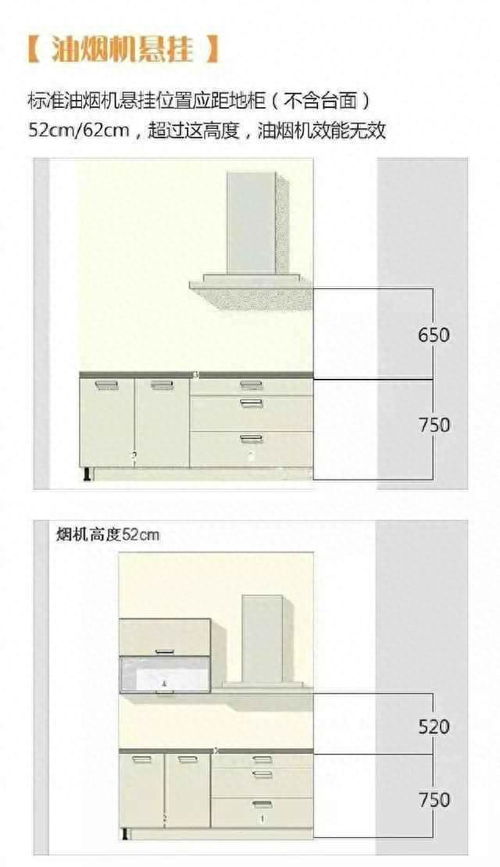餐饮过道尺寸
Title: Optimizing Restaurant Aisle Width for Efficient Dining Experience
In restaurant design, the width of aisles is crucial for ensuring smooth traffic flow and comfortable dining experiences. A wellplanned aisle width not only enhances the efficiency of staff movement but also contributes to the overall ambiance and customer satisfaction. Let's delve into the optimal aisle width considerations for restaurant layouts to accommodate the needs of both diners and staff.
Importance of Aisle Width in Restaurant Design
Aisle width directly impacts the operational efficiency and customer experience within a restaurant. Insufficient aisle width can lead to congestion, hinder staff mobility, and compromise the comfort of diners. Conversely, excessively wide aisles may result in wasted space and reduce the number of tables, affecting the restaurant's revenue potential.
Factors Influencing Aisle Width
1.
Restaurant Type and Concept
: The aisle width requirements vary based on the type of restaurant and its dining concept. Fine dining establishments typically require more spacious aisles to maintain a sophisticated ambiance and accommodate formal service standards. In contrast, fastcasual eateries may prioritize maximizing seating capacity over aisle width.2.
Regulatory Standards
: Local building codes and regulations often dictate minimum aisle width requirements for safety and accessibility reasons. Compliance with these standards is essential to avoid legal issues and ensure the restaurant's accessibility to all patrons, including those with disabilities.3.
Furniture and Equipment Placement
: The layout of tables, chairs, and service stations influences aisle width. Proper spacing between furniture and equipment is necessary to prevent obstructions and allow easy passage for both diners and staff.4.
Peak Hours and Traffic Flow
: Aisle width requirements may fluctuate during peak dining hours when the restaurant experiences high traffic volumes. Adequate aisle width is crucial to accommodate the movement of servers carrying trays of food and beverages without disrupting diners' experiences.Recommended Aisle Width Guidelines
While specific recommendations may vary depending on various factors, including local regulations and restaurant size, the following guidelines can serve as a useful reference for determining optimal aisle width:
1.
Main Aisles
: Main aisles, which serve as primary thoroughfares for staff and patrons, should generally have a minimum width of 36 inches (91 centimeters) to facilitate comfortable passage and wheelchair accessibility. However, in larger establishments or fine dining restaurants, wider aisles ranging from 42 to 48 inches (107 to 122 centimeters) may be preferable to accommodate formal service and enhance ambiance.2.
Secondary Aisles
: Secondary aisles between tables or seating areas can be narrower than main aisles but should still provide sufficient space for diners and staff to move comfortably. A width of 24 to 30 inches (61 to 76 centimeters) is typically adequate for secondary aisles, allowing servers to navigate efficiently while minimizing the impact on diners.3.
Bar and Counter Areas
: Aisle width considerations also extend to bar counters and service areas. Bar aisles should have a width of at least 36 inches (91 centimeters) to accommodate patrons seated at the bar and ensure unhindered access for bartenders and servers.Design Tips for Optimizing Aisle Width

1.
MockUp and Test
: Before finalizing the restaurant layout, consider creating mockups or using virtual design tools to simulate traffic flow and assess the adequacy of aisle widths. Conducting tests during peak hours can help identify potential congestion points and inform adjustments to the layout.2.
Flexibility and Adaptability
: Design the restaurant layout with flexibility in mind, allowing for easy reconfiguration of furniture and equipment to accommodate fluctuating demand and evolving operational needs. Modular furniture and movable partitions can facilitate quick adjustments to aisle widths as necessary.3.
Balance Space Efficiency with Comfort
: While maximizing seating capacity is important for profitability, it should not come at the expense of customer comfort and safety. Strike a balance between space efficiency and aisle width to create a welcoming environment conducive to enjoyable dining experiences.Conclusion
In conclusion, the aisle width is a critical aspect of restaurant design that significantly influences operational efficiency and customer satisfaction. By carefully considering factors such as restaurant type, regulatory standards, and traffic flow, restaurateurs can determine optimal aisle widths that enhance the dining experience for patrons and facilitate smooth operations for staff. Prioritizing adequate aisle width and thoughtful layout planning contribute to the success and longevity of a restaurant establishment.
本文 同格科技网 原创,转载保留链接!网址:http://www.tonggekeji.com/post/7081.html
1.本站遵循行业规范,任何转载的稿件都会明确标注作者和来源;2.本站的原创文章,请转载时务必注明文章作者和来源,不尊重原创的行为我们将追究责任;3.作者投稿可能会经我们编辑修改或补充。









